Cannibal animals: 12 creatures that devour their own kind (10 photos + 2 videos)
Cannibalism is not such a rare phenomenon. Animals have been eating their own kind for millions of years - the oldest known case dates back to trilobites, which lived half a billion years ago. And today many creatures behave in a similar way, but some become cannibals only in special, rare cases.
Monkey 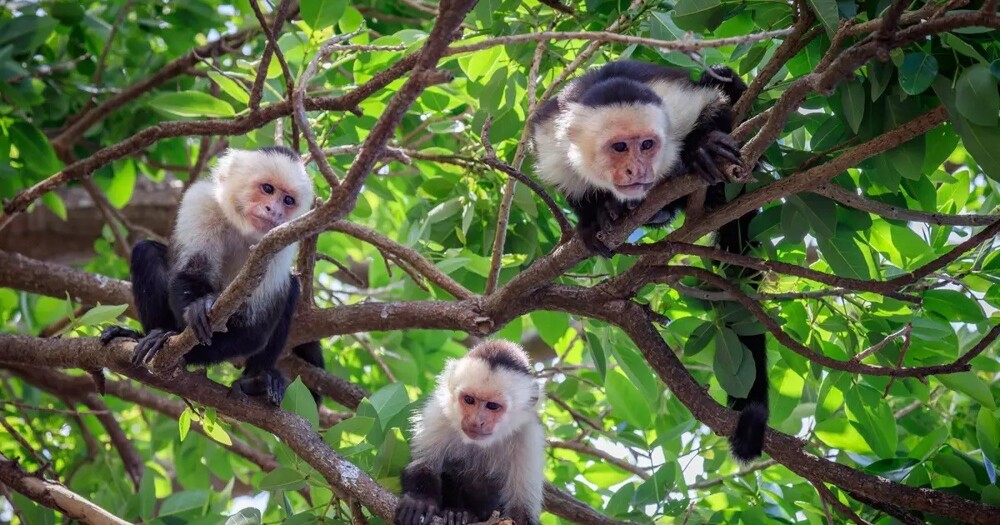
Cannibalism in monkeys is usually associated with infanticide (killing of young). For example, in 2019, researchers observed a group of Panamanian white-faced capuchin monkeys (Cebus imitator) eating a 10-day-old conspecific in Santa Rosa National Park in Costa Rica after it fell from a tree.
Zoologists suspect that the adult male pushed or attacked the cub. Males of many species kill unrelated offspring for a chance to produce their own.
White bears 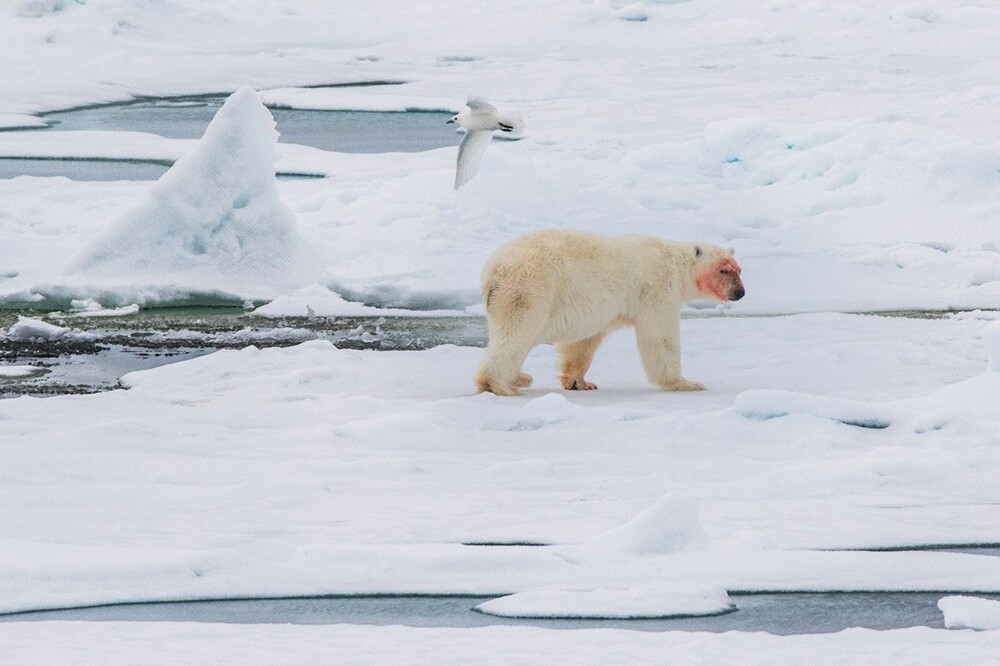
Lack of food in winter leads to the fact that male polar bears (Ursus maritimus) have to eat females and cubs. According to a 2011 study published in the journal Arctic, both males and females hunt the carcasses of dead polar bears that have been skinned by humans.
In 2020, The Guardian newspaper reported that cases of cannibalism were increasing among polar bears in northern Russia as climate change and human activity forced them to leave their usual hunting grounds.
Jaguars 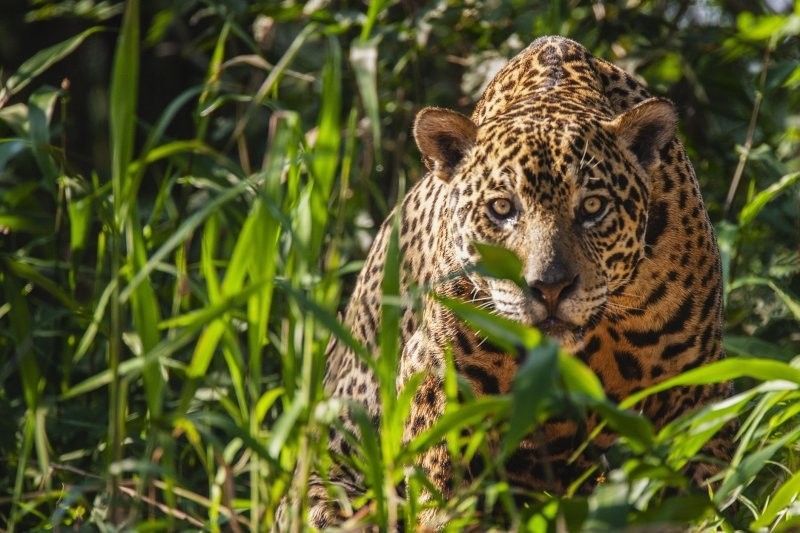
A 2010 study published in The Southwestern Naturalist documented the first case of cannibalism among adult jaguars (Panthera onca). Two male jaguars killed and partially ate a female. Since there was a lot of prey in the forest, such violence was likely caused by social stress when unfamiliar jaguars encountered each other. Infanticide also occurs in these cats, but is extremely rare.
Sand sharks 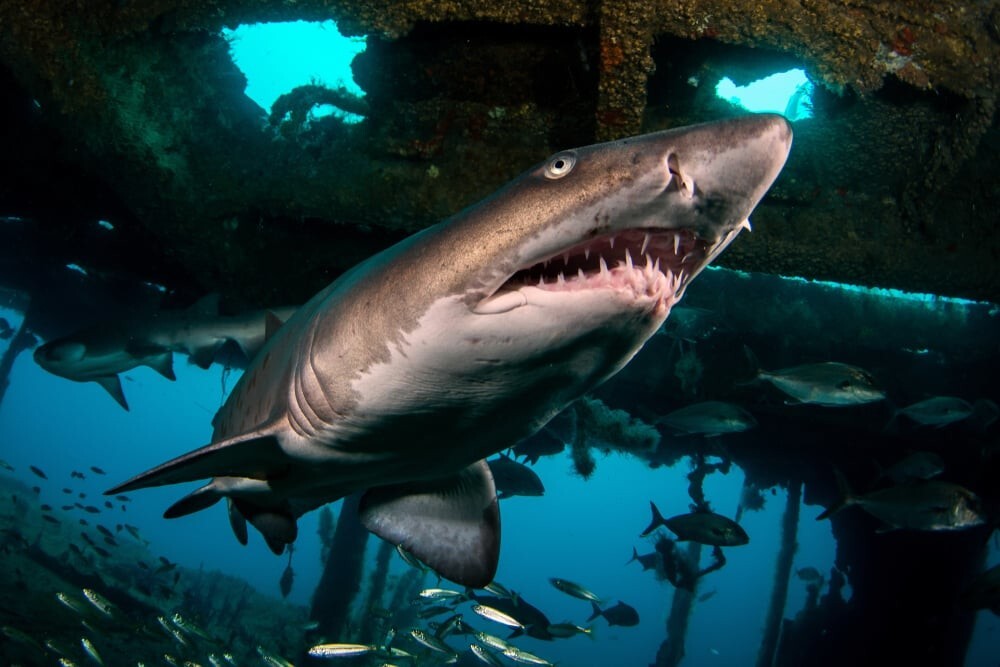
Sand sharks (Carcharias taurus) eat each other before they even leave the womb. This means that only the largest and strongest offspring survive. Adult females can mate with multiple males, and cannibalism can occur between embryos from different fathers. The researchers found five to seven embryos from multiple partners in the wombs of females early in pregnancy, and two embryos from the same father later in pregnancy.
It is possible that the offspring of the first male have more time to develop, and subsequent offspring become their food, but researchers are not sure about this. Adult sharks also eat smaller members of their species.
Alligators
Large alligator caught on video eating another alligator in Silver Springs
Alligators (Alligator mississippiensis) devour a wide variety of prey, including their own relatives. Port Charlotte resident Tammy Shaw filmed such an incident in 2022 while SUP boarding in Silver Springs, Florida. In the video, the predator surfaces holding a smaller alligator in its mouth. Adam Rosenblatt, an assistant professor of biology at the University of North Florida who studies American alligators (Alligator mississippiensis), confirmed that alligator cannibalism has been around for millions of years.
Tigers
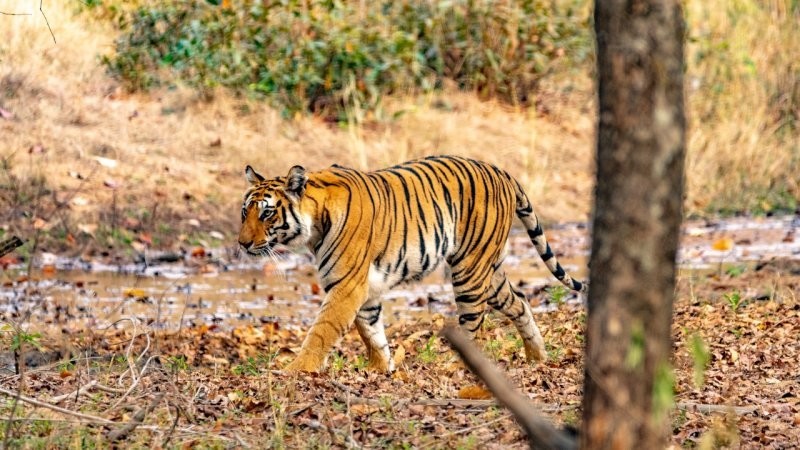
Scientists are still studying the cannibalistic behavior of tigers (Panthera tigris). For example, in 2019, in the Kanha National Park in India, a tiger killed and ate an adult female and then two cubs. Given the abundance of prey in the area, the act of cannibalism surprised conservationists, according to the Times of India.
Spiders
A male spider escapes sexual cannibalism from a female by ejecting himself
Spiders engage in various forms of cannibalism. There are many examples of female spiders devouring males after mating. Thus, Philoponella prominens males developed an ejection maneuver to avoid post-coital death.
Male spiders Stegodyphus lineatus engage in infanticide, eating the female's egg sac before its offspring can hatch. And if the offspring still manage to survive, they eat their mother. Such suicidal maternal care is called matrifagy.
Lancet fish
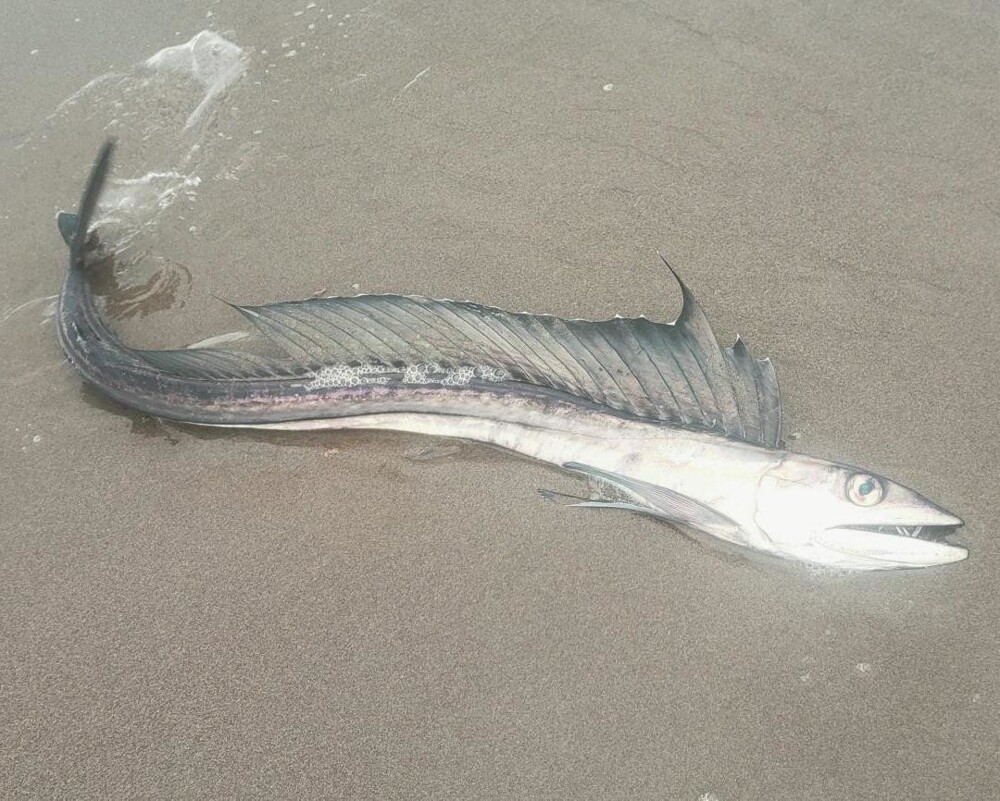
Lancelets (Alepisaurus ferox) are peculiar deep-sea cannibals, growing up to 2.1 m and living in tropical and subtropical latitudes at a depth of 200-1000 m.
Small lancelets are regularly found in the stomachs of larger lancelets, suggesting that these fish commonly eat each other.
Allegheny cryptobranch
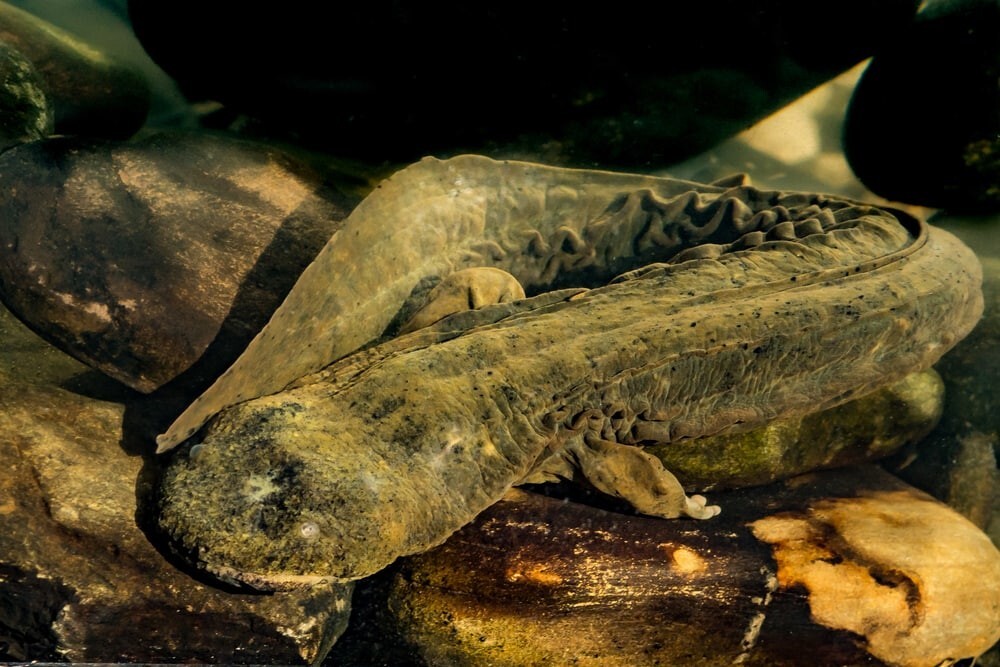
Male Alleghenian girdlings (Cryptobranchus alleganiensis) are caring fathers with one drawback: they typically eat about 14% of their offspring. Amphibians often eat their young, which have a low chance of survival anyway. However, deforestation increases their appetite.
Researchers suspect that deforestation is changing the water chemistry in the cryptobranch habitats and depleting their food supplies, causing males to eat more of their young. Other species, including aga toads (Rhinella marina) and ctenophores (Mnemiopsis leidyi), also eat their young. This practice is called filial cannibalism.
Hippos
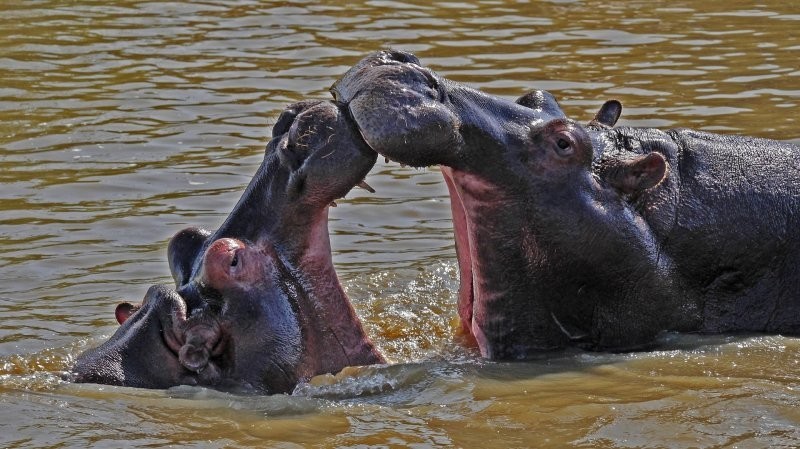
Zoologists considered hippos (Hippopotamus amphibius) to be exclusively herbivores until the 1990s, when researchers began recording them raking through animal carcasses for meat - including the remains of their fellow creatures.
Cannibalism may be a contributing factor in the 2004 anthrax outbreak in Uganda's hippopotamus population. Animals contributed to the spread of the disease by feeding on the carcasses of infected individuals, reports New Scientist.
Seals
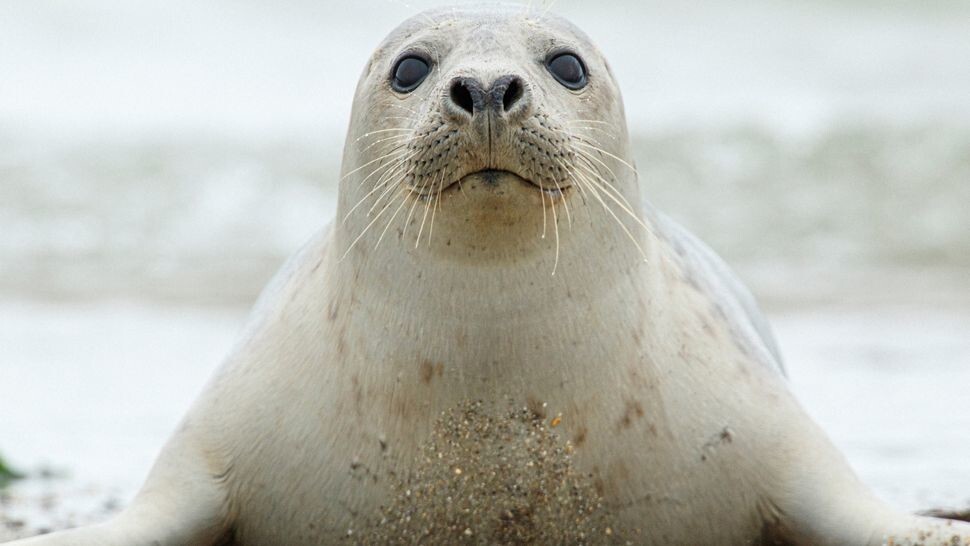
Long-snouted seals (Halichoerus grypus) mainly feed on fish, but are not averse to feasting on their relatives. A 2019 study published in the Journal of Sea Research described how an adult male killed a young seal and ate its fat for about 90 minutes. The authors noted that 28 grams of seal fat contains as many calories as 100 grams of herring, the species' common food.
People

Humans have engaged in cannibalism throughout history, from eating enemies to ward off aggression to loved ones to honor their demise. People exhausted by hunger also resorted to anthropophagy in a desperate attempt to survive.
There is also evidence that Neanderthals and other extinct human relatives became cannibals at one time or another. Despite all this, humans tend to have an innate resistance to the idea of eating their own kind, and this act is considered a major taboo.





















